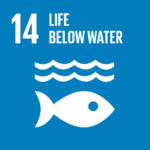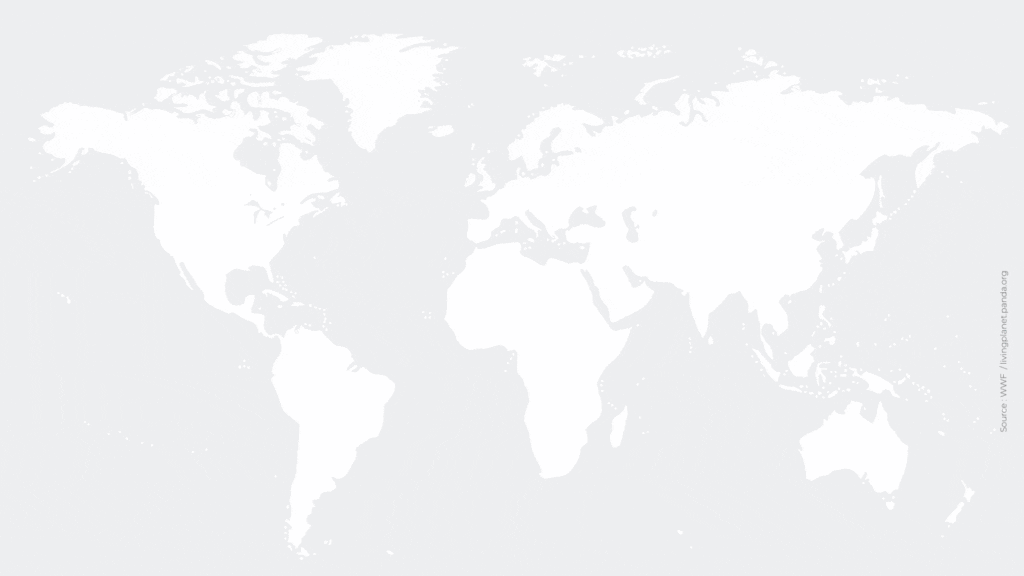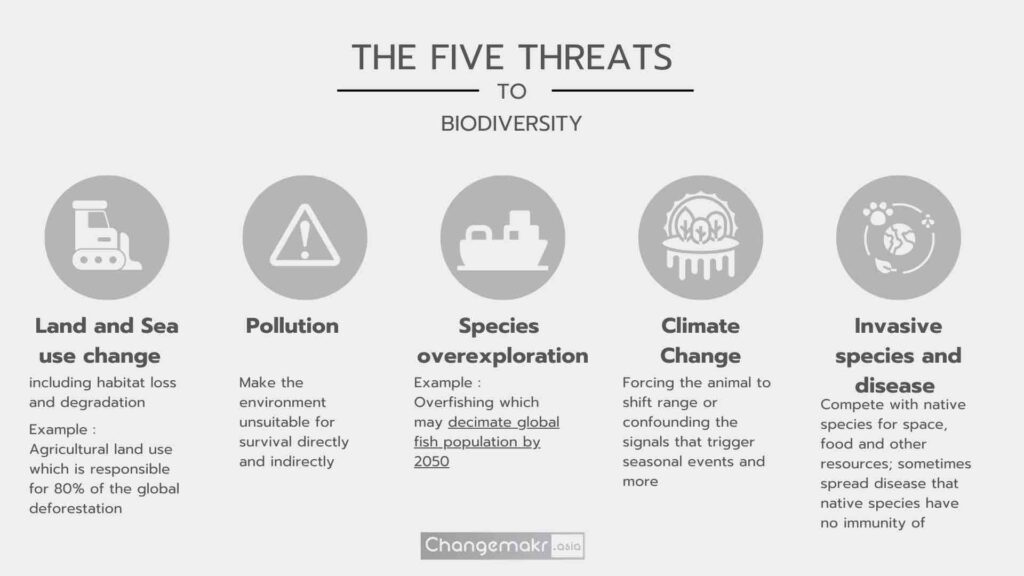Earth’s biodiversity has seen an overall decrease across the globe. And while each region has declined, some places have experienced higher drops than others.
It’s no longer just an alarm ringing in the distance. The Earth’s vibrant tapestry of life – its biodiversity – is diminishing at a disturbing rate. The rate of loss, although differing across regions, is leaving every corner of the globe noticeably quieter. This ominous silence is the result of a profound drop in average species populations, and it’s echoing louder in some places than others.
RELEVANT SUSTAINABLE GOALS



Earth’s Biodiversity Loss Across The Regions
Latin America and the Caribbean – regions known for their lush rainforests, diverse wildlife, and rich marine life – are now reeling from the most significant loss. The average species population here has plunged an alarming 94%. Africa, the cradle of life and the land of magnificent savannahs, isn’t far behind, registering a 65% drop.

What’s causing this heart-wrenching disappearance of our planet’s diverse life forms? According to the World Wildlife Fund, five interconnected threats underlie this global ecological crisis. These threats are not confined to one region, nor to one species – they affect the entire web of life on our planet.
- Changes in Land and Sea Use: Our planet’s face is transforming. The habitats of numerous species are being irreversibly altered due to development, mining, and unsustainable agricultural practices.
- Overexploitation of Species: Here, the death knell tolls both directly and indirectly. While direct exploitation is the result of intentional hunting, indirect overexploitation occurs when a species is accidentally harmed, such as by-catch in fisheries.
- Invasion of Foreign Species and Disease: Uninvited guests can wreak havoc. Invasive species may bring along diseases, or they may turn into predators of native species unequipped to defend themselves.
- Pollution: The silent and invisible killer. Pollutants can instantly disrupt a species’ environment – think of an oil spill. Yet, others like microplastics unleash a slow but devastating impact on the health of species.
- Climate Change: The invisible strings of climate change are reshaping nature’s rhythm. Changes in temperature trigger unpredictable seasonal shifts, affecting natural phenomena such as migration and mating seasons.

Each tick of the clock, each turning of the calendar page brings us closer to a world that’s less colorful, less diverse, and less resilient. In the face of this silent crisis, it’s imperative that we rise to the occasion. The fight to protect our biodiversity is not just about saving individual species – it’s about preserving the integrity of ecosystems that sustain life on Earth. It’s about us. It’s about our future. Will we heed the call?
You may also be interested in :
Indonesia’s Deforestation Revolution : A Global Blueprint For Sustainable Forest Management
Image by wirestock on Freepik



